Pilates for Runners
Should runners do Pilates?
Perhaps you are secretly pleased it has been cancelled because you were never going to make it to the start line?!
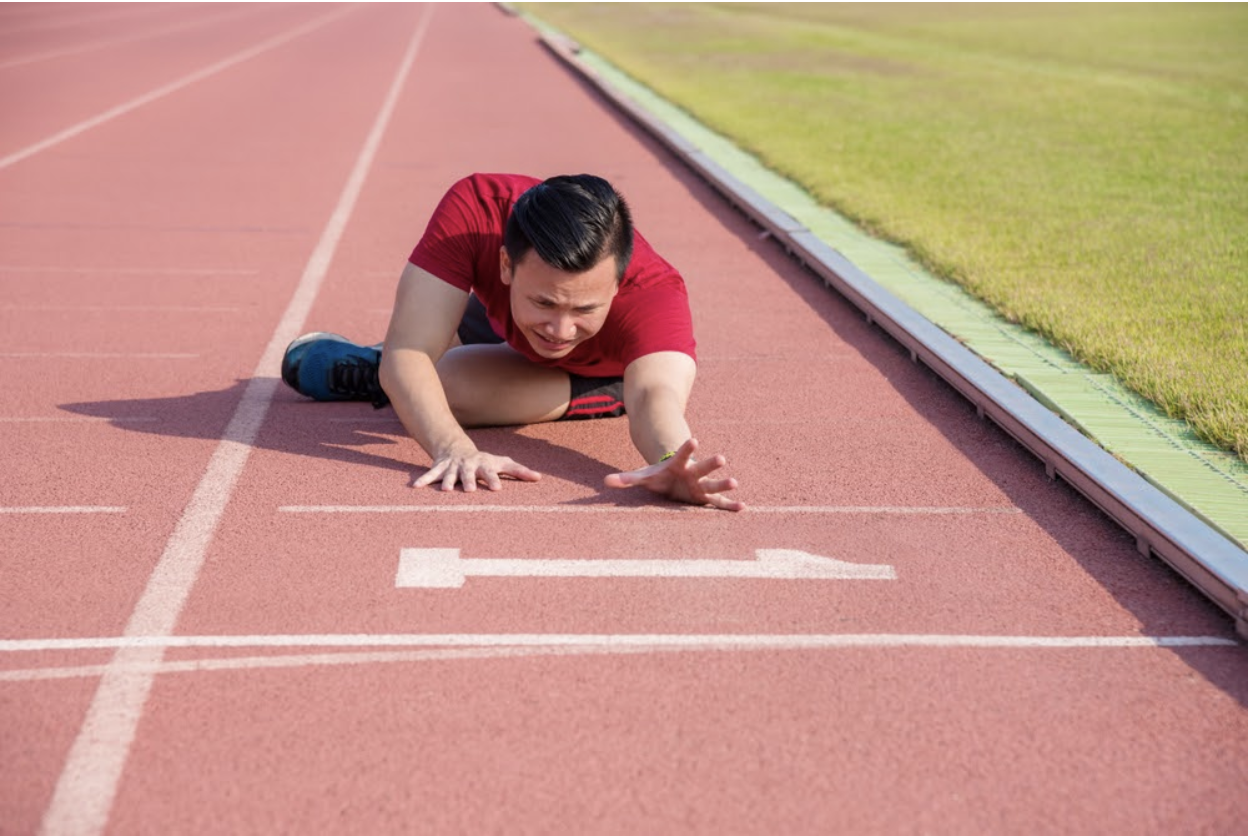
What went wrong?
Is it because you’ve had an injury or a niggle that just won’t go away or have you just not been able to stick to your well-intentioned training plan that you set last year?
For those of you that don’t think you’re going to make it, let’s have a #runnerswake! What went wrong? Why aren’t you going to get to the start line? Was it something to do with your training? Is it something you didn’t do or that you did do?
Did you include any strength training in your program? As a runner, I know that what you like to do best is just get your shoes on and go out for a run. That’s the beauty of it. It’s simple, it’s easy. And actually all the other stuff, the strength training, the Pilates, the yoga, the swimming, cross-training, is all just a bit of a complicated faff!
Also Read: Can Practicing Pilates Help You to Lose Weight?
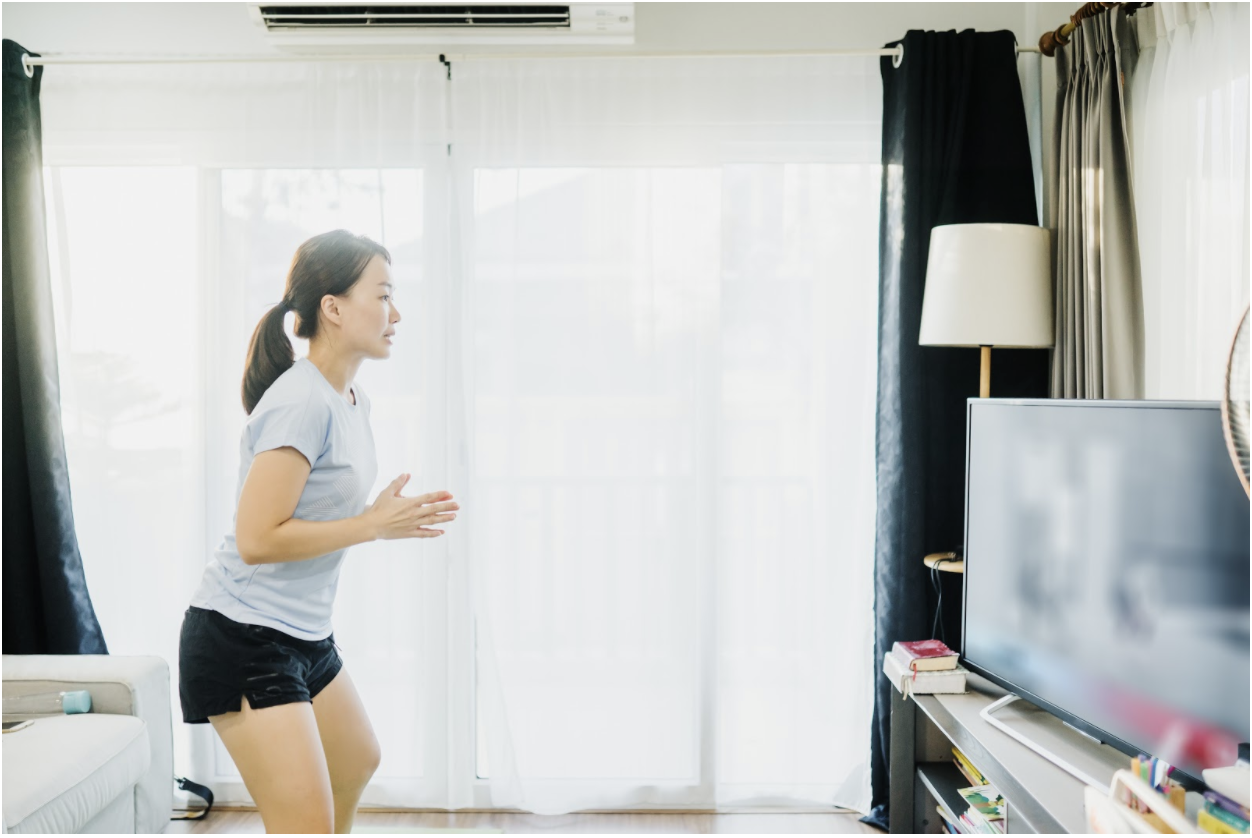
Reasons for runners to do Pilates and strength training
So why do health and fitness professionals repeatedly recommend that we do strength training and cross-training? I’m going to give you six reasons why.
1. Resilience for running!
We need our bodies to be incredibly resilient. When we run we put a lot of stress, a lot of load through our body repeatedly over time. When we are running longer distances we need our body, our muscles, our tendons and joints to be able to cope with that.
We know that the majority of injuries from running happen because of overload. We’re doing too much and our body just can’t cope. We know that when we’re running, we can get up to five times your body weight going through the soft tissues of our lower limbs. So you need to make sure that there’s something in your training program that’s getting your body ready for that and that is going to be some strength training, is going to be some loaded weight training.
2. Energy efficiency for runners
Energy efficiency is vital in long-distance running.
Once you do get to the start line, you’ve got to have enough energy reserves to be able to get to the finish line. So this is particularly relevant for longer distance running and you don’t want to be wasting any of that energy.
Maybe your spine is a bit stiff or a bit flexed, your head is in a forward position. This will make your body work really hard to resist gravity. Having to work hard to maintain that posture over a long period of time will use up essential energy that you need to be putting into your legs, into your running.
You need to be doing some exercise that’s going to work on your posture, that’s going to work on your spinal mobility. This will make you as efficient as possible so that you’re using your energy systems in the best way possible to get you to the finish line.
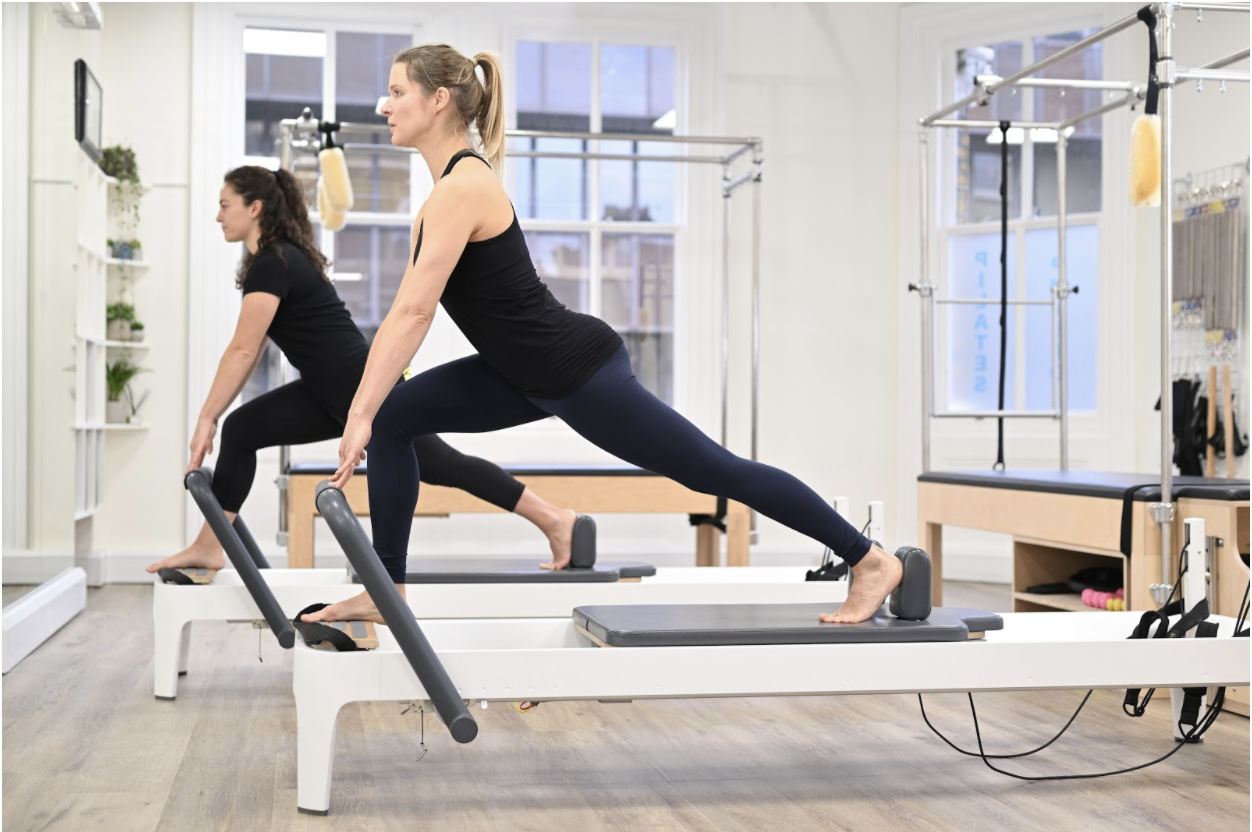
Also Read: How to Get Rid of FUPA?
3. Core strength for runners
What is the core? Everyone talks about it but we don’t necessarily understand what they mean ro how to get it stronger. I want you to really think about it being your trunk strength.
So it’s the front, the back, the sides of your trunk, and that’s really your foundation. It’s your base from which everything else can work efficiently. So again, it gives you efficient use of your lower limb muscles, efficient use of your arms when you’re running as well so you’re not wasting energy up there.
It’s going to reduce the risk of you overloading your muscles, your tendons and your lower limbs, so you’re going to reduce the risk of injury.
It’s also going to improve your technique. So the stronger and more stable and controlled you are from your middle, the better your technique can be, the better and more efficiently you can use your limbs, which again is going to reduce the risk of injury and maybe make you be able to run a little bit faster.
4. Recovery for runners
Pilates can aid our recovery after training runs. Every time you run, you’re pounding down into the floor doing impact exercise. All of that force is coming back up into your body and you’re having to absorb that through your joints and through your tissues.
If you’ve got a form of exercise that you can be doing such as Pilates or swimming or yoga that’s no impact or low impact, then it gives your body the ability to actively recover. Still be working on mobility, still be working on some muscle activation, but give it that recovery time where it’s not doing repeated impact loading.
This will reduce the risk of injury, and get you to the start line healthy.
We can’t mention recovery without talking about sleep. It’s so important and so underrated. You’ve got to get good sleep, but that’s another topic and we do talk about that elsewhere in the Complete Pilates blogs.
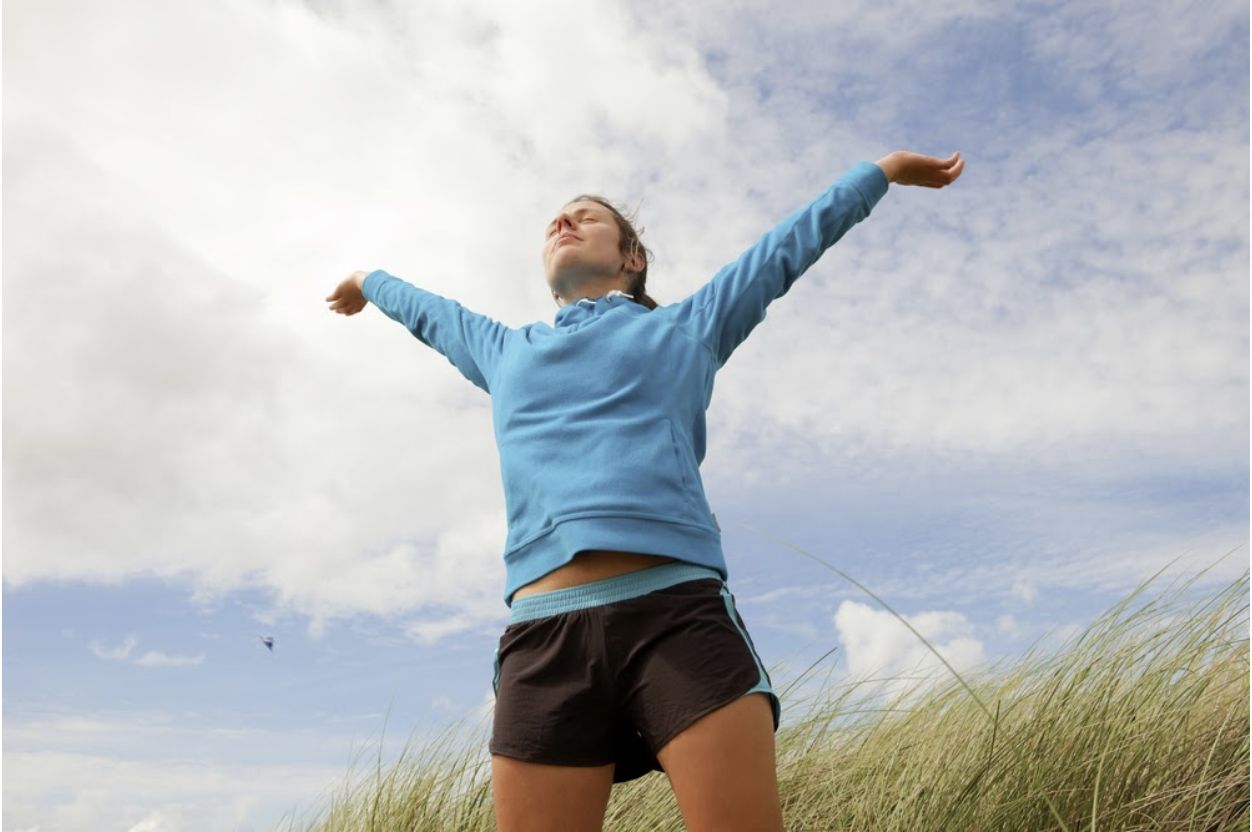
Also Read: Immunity and Pilates
5. Breathing for runners
We can’t talk about Pilates without talking about breathing. It’s one of our main principles. We love to talk about the breath and how important it is, but that is because it genuinely is!
If we can translate that breathing into your running, it can have a really good effect. Again, think about the energy efficiency. If we can make sure that you’re not overusing your accessory muscles in your neck and shoulders when you’re breathing, you’re not going to be wasting energy up there. Instead you’re going to be using the more effective diaphragm and the breath through the whole of your chest and lungs.
If you can get good breathing you will be getting plenty of oxygen, transferring through your lungs and into your blood flow. This is essential for the energy systems of the body.
Thirdly, your diaphragm, as I already mentioned, is part of your core. It’s part of your trunk muscles. It works with the deep abdominals, with your pelvic floor, with your spinal muscles to give you that strong and stable centre and the breath can really help with that.
Also Read: What is Reformer Pilates?
6. Specificity of training for runners
The last one, number six, is one of our classic training principles. It’s specificity. You want to make sure that you are working specifically for running and that’s going to be whether it’s strength training or Pilates training.
Pilates has the ability to work your body through the complex movements that are actually required for running. People often think running is simple, and that we should all just be able to do it. However, we need a good amount of hip flexion, extension, and rotation in the hips. We need rotation in the spine and in the body, we need good control through our shoulders and our head and neck control. And all of that is quite complex, but when you work with somebody in a strength and conditioning coach or a Pilates instructor, they can work with you to make sure that you’re covering all of those movements and you’re making your body as efficient as possible so that hopefully you can get to that start line fully healthy.
So those are the six important reasons why runners should be including Pilates and strength training in their programs.
What if you are one of those people whose event is cancelled or perhaps you are one of the injured runners?
Also Read: Advantages of Reformer Pilates Over Mat Pilates?
#runnerswake!
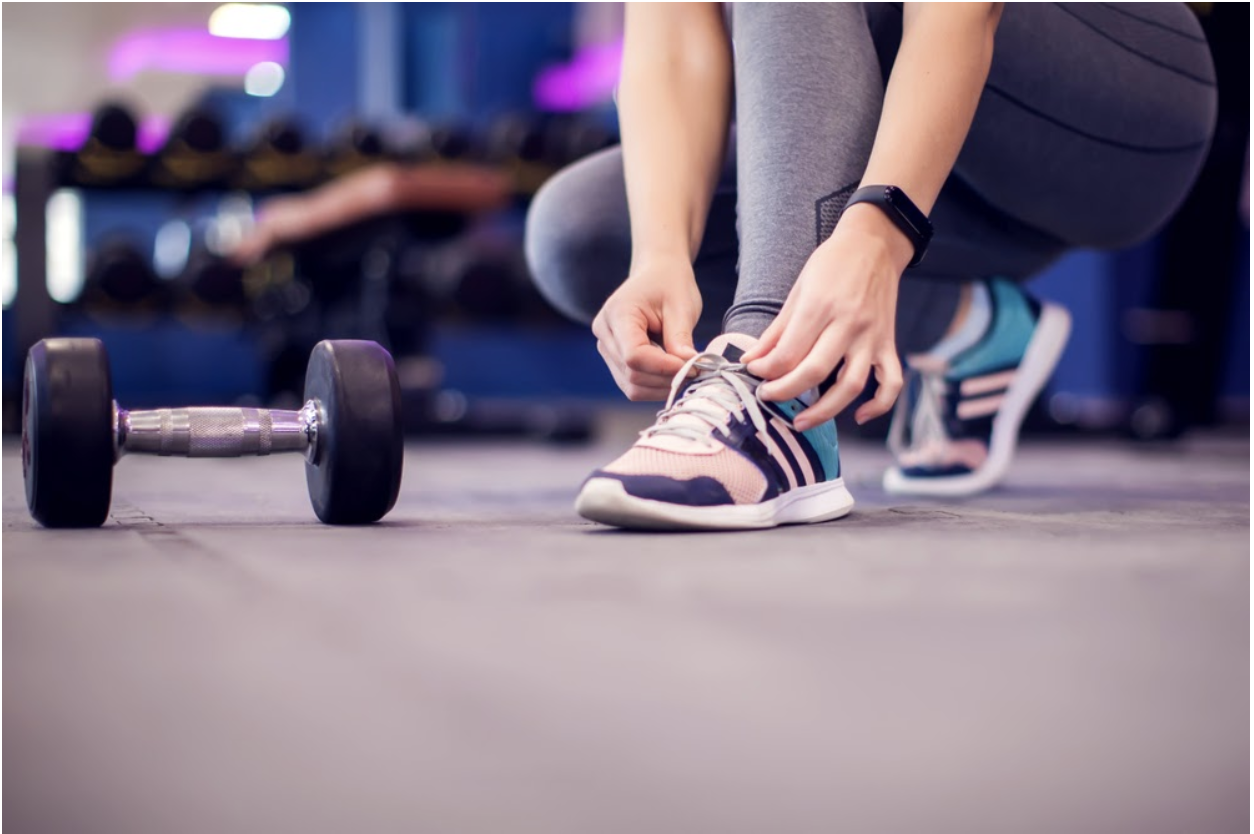
What should every runner do?
Firstly, if you’ve got an injury or a niggle and you’re thinking, “Oh, I’m not sure. I’m not sure what to do,” go and get it checked out. Do it sooner rather than later. Get someone to have a look at it. There might be things that you can do right now to really help you quickly recover from that injury. Book an online appointment with a physiotherapist. They’ll be able to fully assess you via a video conference session and can refer you on to a sports doctor if you need to have any further investigations or treatment.
If you’re already out with an injury, maybe you’ve seen someone and had it diagnosed. You know that you’re injured, have you really looked at why? What are the causes? Has that person that you’ve seen looked at your body and looked at why you’ve got this injury?
Make sure that you see someone who can fully assess you, look at your movement patterns and give you a program that’s going to make you stronger, fitter, healthier, better for next time that you tackle that event.
Strength and conditioning for runners
Find a good strength and conditioning coach. This is really important. You need someone who can put together a program for you who understands running, understands the mechanics of running and isn’t just going to load you up really heavy on both legs. You need to work single legs and be working with specific movements for running and exercises specific for your body.
How can Pilates help runners?
You should see a Pilates instructor because they are experts in movement. We look at people moving all the time, we look at your movement patterns, look at where there might be restrictions in your mobility.
Perhaps there are areas of weakness that you haven’t noticed before and haven’t worked on before that are going to really make the difference for you.
We can then assess you on a one-to-one basis, put together a program that you can be following that is specific to you and your needs and isn’t just a general program.
This is going to be relevant whether or not you continue ongoing one to one Pilates training or whether you’re going back into a group class. See someone one-to-one, get your own needs looked at, get your own program looked at, and then you can go away to work on those specific areas for your body.
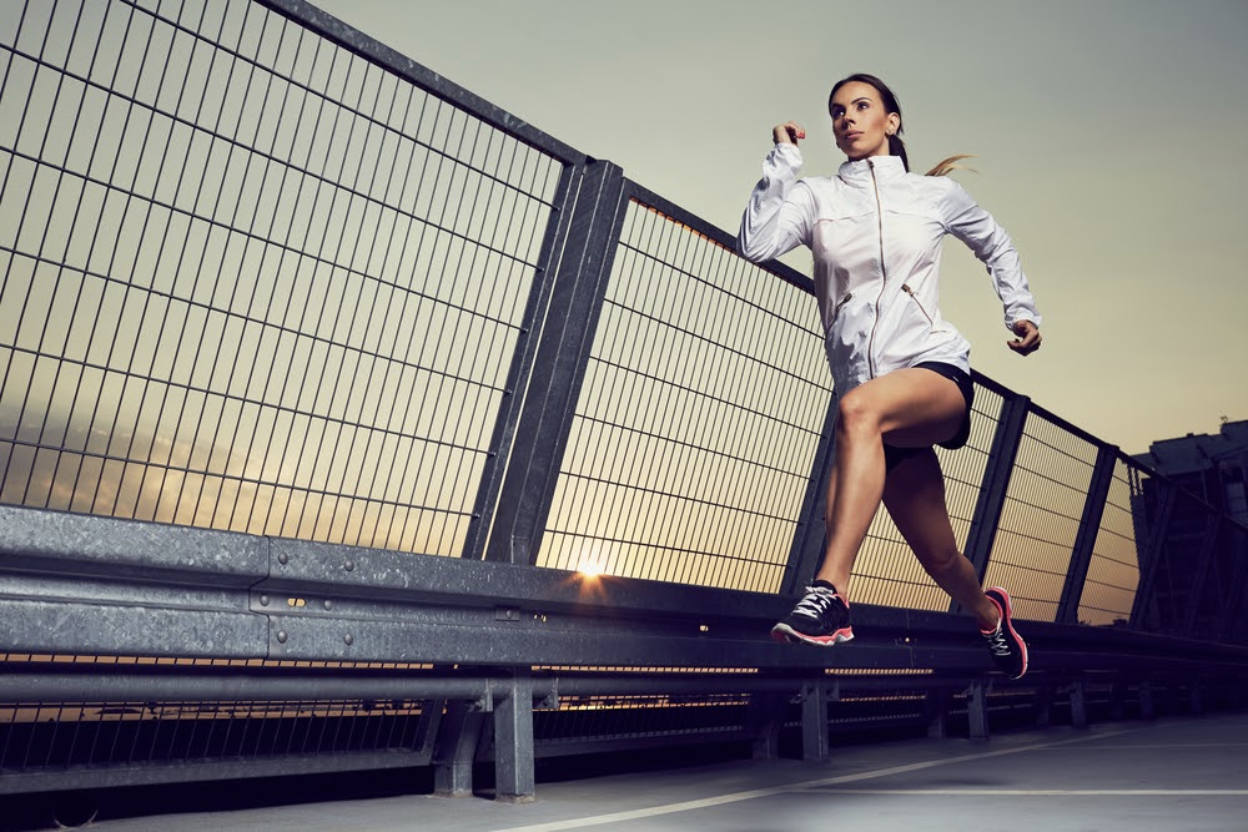
Consistency is key for running training
It’s really important to be consistent. You know that with your running training, but it applies to your strength training as well. Once you’ve got this program in place with strength, with Pilates, or other cross-training principles, stick to it.
Your body takes time to respond. Our tissues take time, our nervous system takes time. Give it that time to respond. This is going to be something that you include for the long term to give you the results next time around when you’re trying to get to the start line of that event.
The other thing to mention here is that your program shouldn’t always be the same. You need to go back, you need to get it reviewed, you need to get it progressed, you need to get it changed. Variety is key. Our body responds best and most efficiently when we give it variety. So you don’t want to reach a plateau and just sit there because you’re doing the same thing all day every day and you’re training and equally, you don’t want to risk injury by loading your body, in the same way, each time you train, Have some variety. Change the program up, get it progressed.
For those of you gutted that you can’t take part in your marathon the beauty is that there is always another event. There’s always a next time.
The really great thing is there’s always more you can do to make your body stronger and more resilient and perform better next time.

